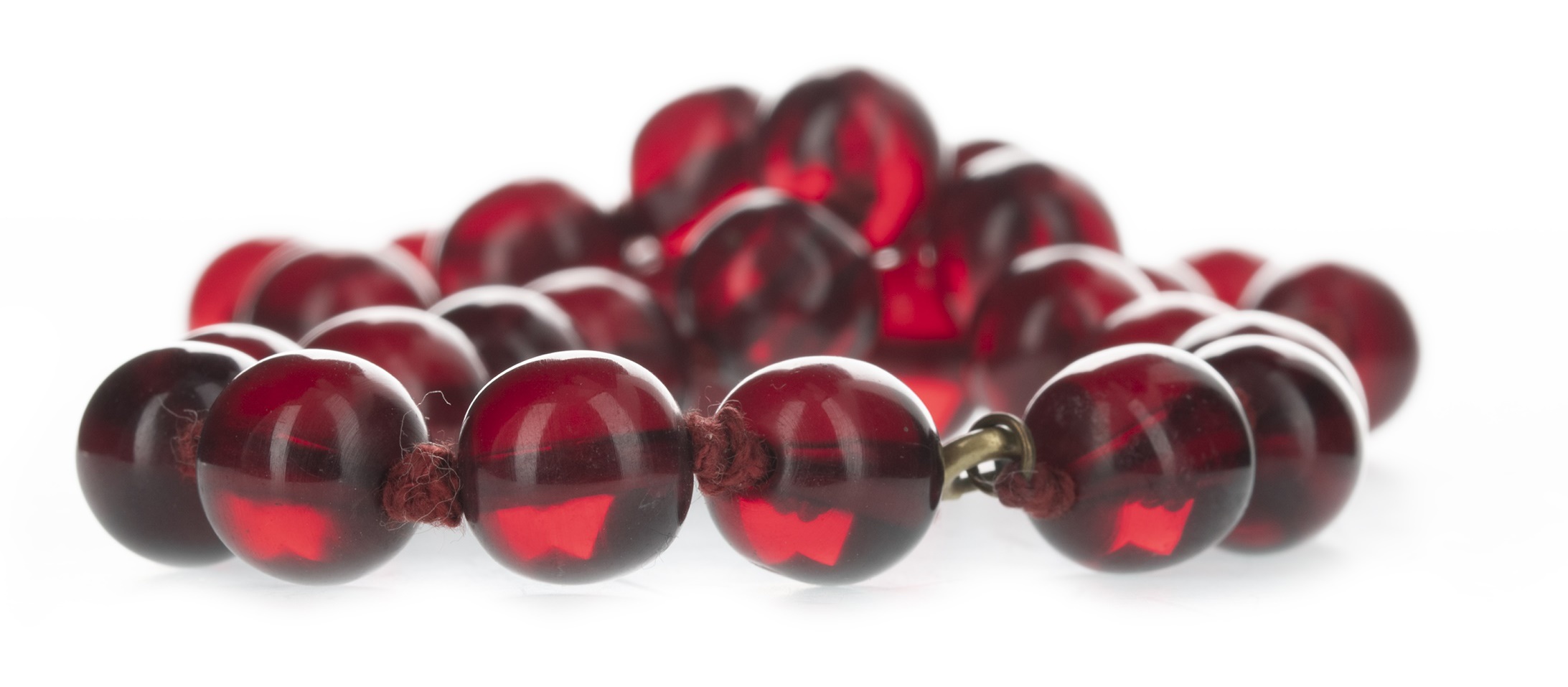The Beauty of Bakelite
The plastic revolution began in 1907 when Belgian chemist Leo Baekeland created the very first synthetic plastic. The industrial revolution meant that people were searching for materials that were strong and easy to obtain. Natural materials were often unreliable and grew harder to source as demand grew.
Leo created the strong substance that we know as Bakelite in 1907 due to a chemical condensation reaction between phenol and formaldehyde. It's properties made it a much more suitable material then any chemical plastics created before. It is heat resistant and doesn’t conduct electricity which made it ideal for use as an insulator which appealed to many automotive and electrical industries at the height of the revolution. It is also a malleable substance and over time, it became the go-to material for telephones, radios, trinket boxes and jewellery.
Today, there are still many telephones and radios in circulation but perhaps the thing that we recognise the most is Bakelite jewellery. Often in the form of bead necklaces, Bakelite jewellery became immensely popular in the 1920’s and was often a staple of the famous flapper girl. As it is a lightweight and durable material, flapper girls would often wear multiple bead necklaces at the one time.
Lot 324 in the 1 November Jewellery Auction is a Bakelite bead necklace. Formed by spherical beads of the popular cherry red colour, these necklaces are still as popular today as they were a hundred years ago. Estimated at £30 - £50, you could own a necklace possibly worn by a glamorous flapper girl and carry on the tradition for years to come.
Click here to view the full Jewellery catalogue. >>
Amy Cameron
McTear’s sells more jewellery than any other traditional auction house in the dedicated jewellery auctions that take place twice monthly, run concurrently live online on a platform that attracts six million visitors annually from over 120 countries worldwide.
What's it worth?
Find out what your items are worth by completing our short valuation form - it's free!
